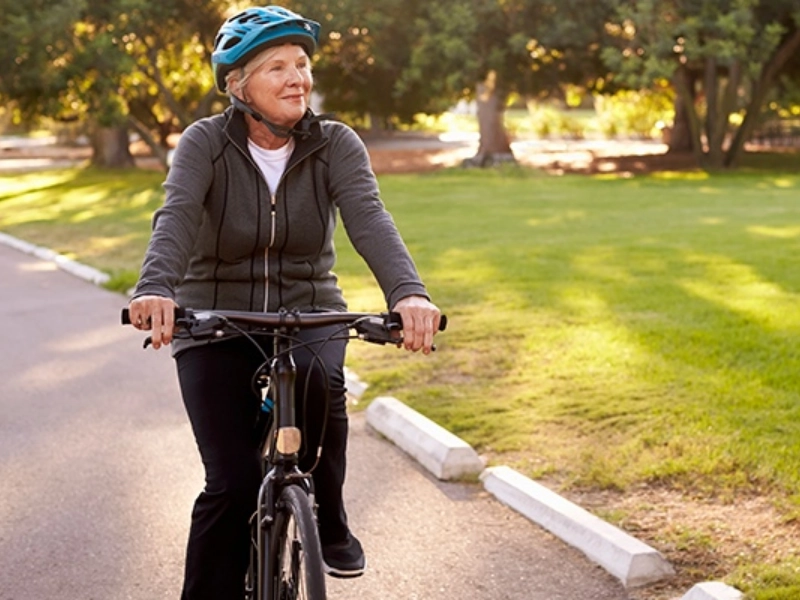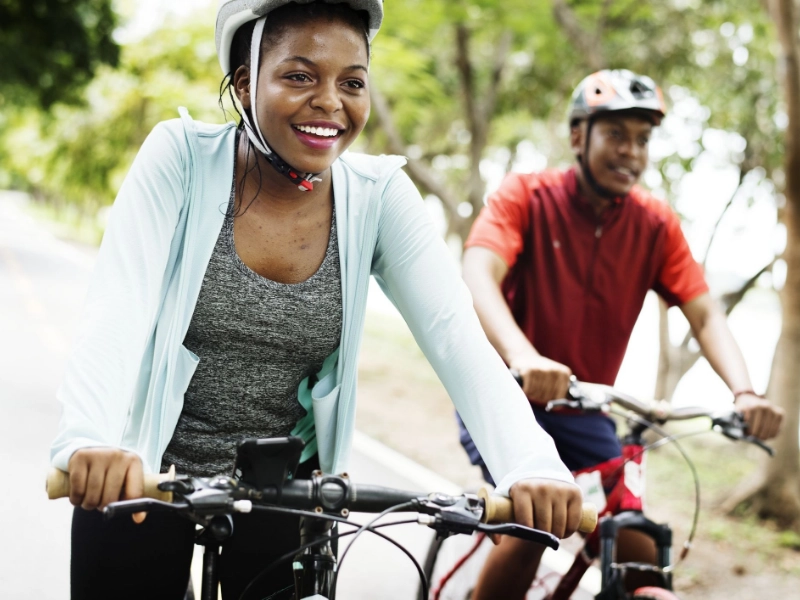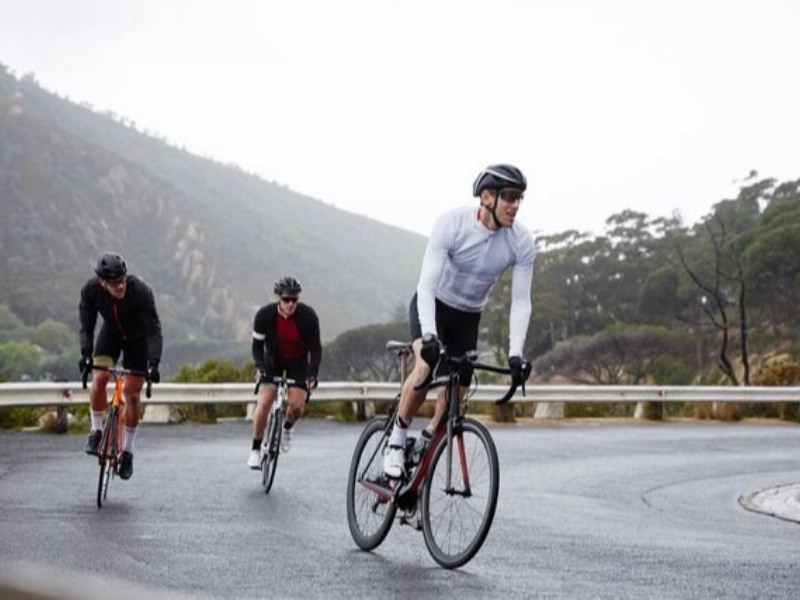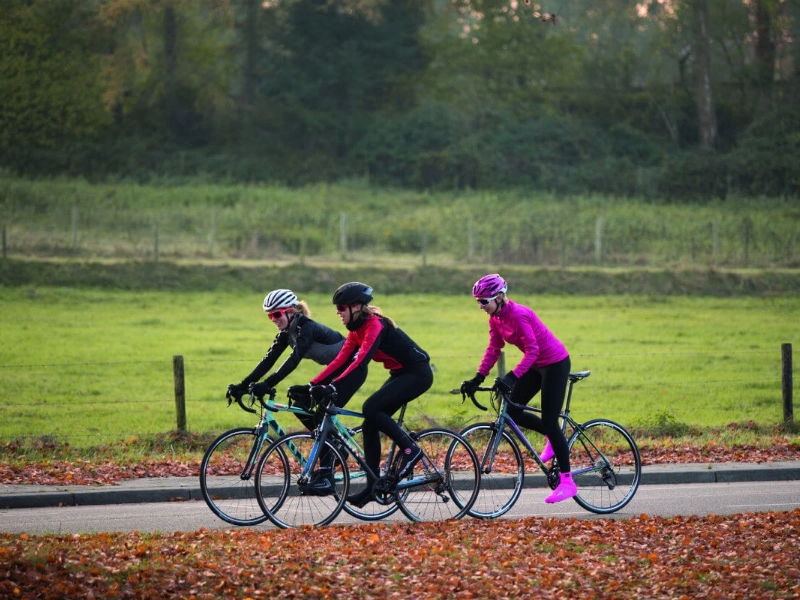What Are the Side Effects of Cycling?
Cycling is a well-liked sport and fitness pursuit. It lowers the risk of heart disease and cancer, increases cardiovascular fitness, and burns calories. It also aids in the prevention of diabetes and hand numbness.
Long cycling sessions, however, may strain the genitalia and worsen erectile dysfunction. The compression of blood vessels and nerves is the cause of this.
lowers the tumor risk.

Cycling can be a beneficial form of exercise for people of any age and fitness level, just like walking. However, a study found that it can also greatly lower your risk of developing cancer.
Compared to their counterparts who drove or took public transit, individuals who rode their bikes to work had a lower risk of heart disease, cancer, and total mortality, according to an analysis of data from a sizable number of participants. Even small levels of cycling for commuting, like riding a bike to work once or twice a week, were linked to a lower death rate.
However, cycling can have certain detrimental impacts on male urologic and sexual function, including erectile dysfunction (ED), priapism, infertility, and genital numbness. The good news is that these drawbacks are outweighed by the advantages.
lowers the prevalence of type 2 diabetes

Cycling is known to have numerous health benefits, but it has also been found by scientists to lower the incidence of type 2 diabetes. Researchers discovered that those who rode their bicycles to work had a 20% lower risk of developing the illness than those who did not.
Diabetes is extremely harmful due in large part to the damage that high blood sugar levels bring to nerves. This damage slows down circulation and can cause numbness and, in extreme cases, amputation. Regular cycling helps prevent these issues by forcing blood flow throughout the body.
On the other hand, if you take any medications that might prevent you from riding, you should exercise caution. For example, beta blockers lower the heart rate, yet statins can cause muscle soreness and increase blood sugar levels.
lowers the danger of cardiac problems

By increasing HDL cholesterol and lowering triglycerides, cycling can also help lower the risk of heart disease. Additionally, by making the arteries and veins more flexible, it can support the health of blood vessels.
Regular cyclists had a decreased risk of heart disease compared to non-cyclists, according to a recent study. According to the findings, cycling can lower one's risk of heart disease and stroke by as much as 50%.
The study also discovered a link between riding a bike to work and a lower risk of diabetes, high blood pressure, and obesity. Nevertheless, these relationships were not considerably diminished by additional corrections for other lifestyle characteristics. Furthermore, there was no proof found in the study that cycling and the death rate from cardiovascular disease are related.
decreases the likelihood of varicose veins

Many bikers have larger veins in their legs, as noted by vein specialists. Intense exercise causes blood flow to surge up to ten times normal, which causes the veins to expand and appear wider. This is partially explained by the absence of fat in their lower legs.
Fortunately, noticeable veins on the legs that result from cycling are typically not indicative of varicose veins. If they are, though, it's critical to have them examined and treated as soon as possible. Untreated varicose veins can result in DVT and leg ulcers, among other health issues.
lowers the possibility of erectile dysfunction

Cycling is a strenuous workout that can affect a man's sexual health in both positive and negative ways. Extended pressure on the perineum region may compress the arteries and nerves that supply the penis, potentially resulting in erectile dysfunction (ED).
Cycling, however, also strengthens the heart, which might lead to an increase in blood flow to the penis. Regular cyclists are less likely to get ED than non-cyclists, according to studies.
The greatest thing for men to do to lower their chance of erectile dysfunction is to use a broader bike seat or stand more often. Research indicates that male bikers who stand up over 20% of the time during their rides experience fewer genital issues. By getting out of the saddle, you can enhance blood flow to the penis and greatly lessen the strain on the perineum.








